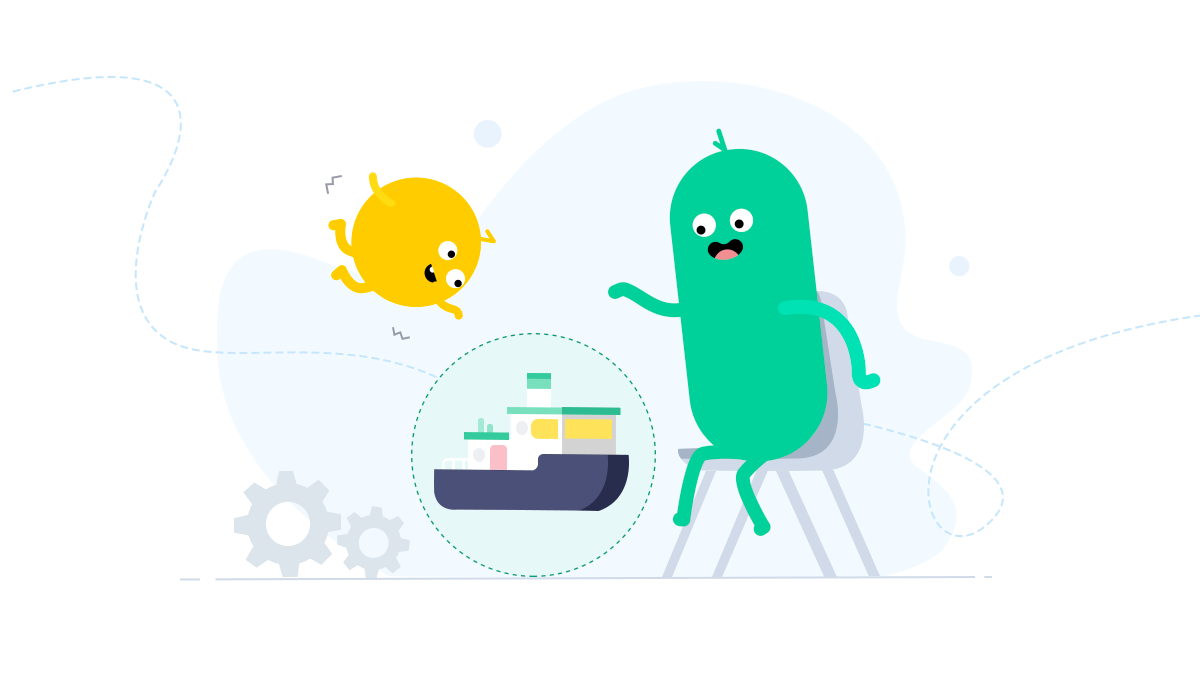【ZA Bank】Keeping our Boat Afloat with Disaster Recovery Technology

Days leading up to newest major smartphone keynote announcement, I was enjoying the amazing view of the HK Island’s west coast from the ZA collaborative area, sitting across from me was Cindy, our Admin Manager. Just before our meeting about Business Continuity Planning, we casually discussed the upcoming smartphone release and if we were going to get one for ourselves. My opinion was to purchase the latest and greatest product as soon as possible, that way you can enjoy the product sooner. Whereas her opinion was to wait until the first patch of new phones were tried and tested, that way you’d be sure that if there were any manufacturing problems, it’d be fixed by the next production cycle. While I am an early adopter, she is an “Early Majority”.

How you define the “Early Majority” is that these people are very much willing to take a chance on new innovative technology but will only commit once witnessing others doing so.
Resiliency and Business Continuity at ZA
At ZA, we try to be as innovative as possible, but there are times where we need to be sure (and very sure) that something is reliable (and very reliable) especially when it comes to providing uninterrupted service to our customers. Business Continuity in simple terms means redundancy for our critical processes, people, and technology. Disaster Recovery, which you may have heard of, is a focused discipline on technology. And Crisis Management is when existing backup resources are on the brink of being overwhelmed, and our top management put their heads together trying to solve a potentially or already messy situation. We have all 3 of these plans at ZA, and we’ll talk about Disaster Recovery in this blog today.
“Multi-cloud” vs “Single-Cloud”
The most cutting-edge cloud solution out there at the moment is “Multi-cloud”. What this is is when you have your data and IT Systems in multiple cloud networks, up in the cloud :P, not to be confused with multiple data centres forming a “Single-cloud”. What “Single-cloud” means is having multiple data centres connected as backups for each other, forming one redundancy cluster. It is an established trend for big enterprises and banks to rely on a “Single-cloud” approach where multiple data centres are linked to the same network with appropriate segregation.
A more traditional approach, which some banks still choose to use, is only relying on the cloud as a backup. Their local network is not actively connected to the cloud, and data will only be backed up once in a while. The problem with this is that you create longer recovery times for both IT Systems and data loss, prolonging service interruptions and irreversible damage. This has been a thing for the longest time.
At ZA, we took a “Single-cloud” data redundancy system and taken it one step further. We have a network of data centres that is simultaneously at work, running at all times. Data and real time transactions are being processed on different data centres, and when one of them fails due to say a power grid outage, another step in to take its place, without interruption. We call it High-Availability. On top of that, our data and IT Systems while being on multiple data centres, even though connected is segregated enough that if one is under cyber-attack, instead of breaching the entire system, will be contained while our Disaster Recovery Team, aka Special Forces, make counter manoeuvres.

Let me give you a better picture. Modern ships stay afloat not only because of buoyancy physics but also because of Bulkheads. Bulkhead partitions the bottom of the ship into different sections, and when there’s a leak, it will create a watertight compartment preventing the leak from affecting all of the ships, sinking the entire thing. Our data centre cluster and IT system applications use this approach to keep us afloat. Our crew will head down there once in a while to inspect the integrity of the bulkheads according to industry standards, while our contingency expert (yours truly) makes sure regular testing is done regularly without putting the entire “company” at risk. And speaking of risk, our risk gurus on board keep everything in balance so we don’t overextend and em, tip over.
Did you know? The Bulkhead System is a Chinese invention first dated back in the 12th Century Song Dynasty, later adopted by Marco Polo and Benjamin Franklin.

Why not “Multi-cloud”? (or why not yet)
Why don’t we take the most innovative approach and use a “Multi-cloud” solution? Wouldn’t that be the most resilient and efficient? We did think about it and made a conscious decision not to, at least not right now. Before joining ZA, I worked for a global bank in North America overseeing digitalization projects that use a “Multi-cloud” solution. This is still a very new approach, and while it is the most innovative, it is not the easiest to manage. Considering the operating model and scale of ZA as a fintech start-up, “Single-cloud” is our goldilocks solution in terms of efficient management and effective service delivery. We’re keeping an eye on “Multi-cloud”, and once it matures to a point where it is right for us and our customers, we’ll be on that wagon in no time. Afterall, Balanced Innovation is one of ZA’s core values.
So did I end up getting the latest and greatest pro version smartphone in Midnight Green with max storage?? I sure did ? and I’m more than happy with it. It’s just a phone and not a data centre. I also also opted for extra warranty so I’m covered.